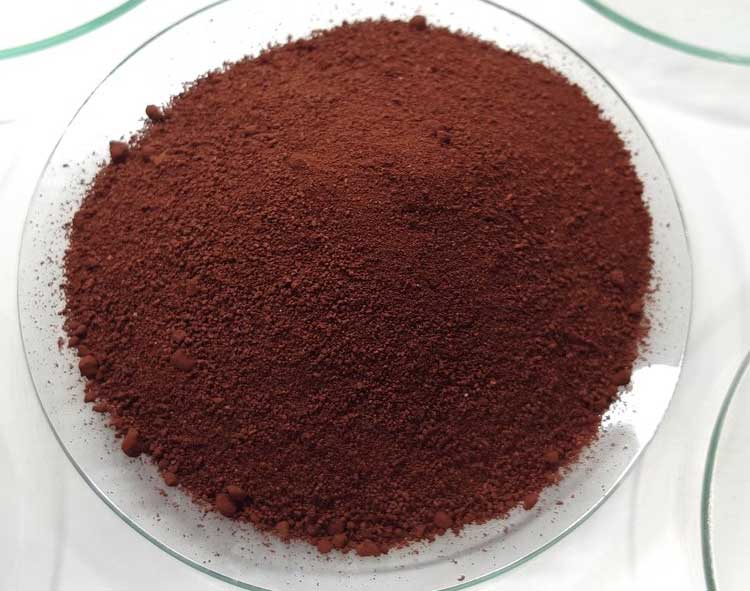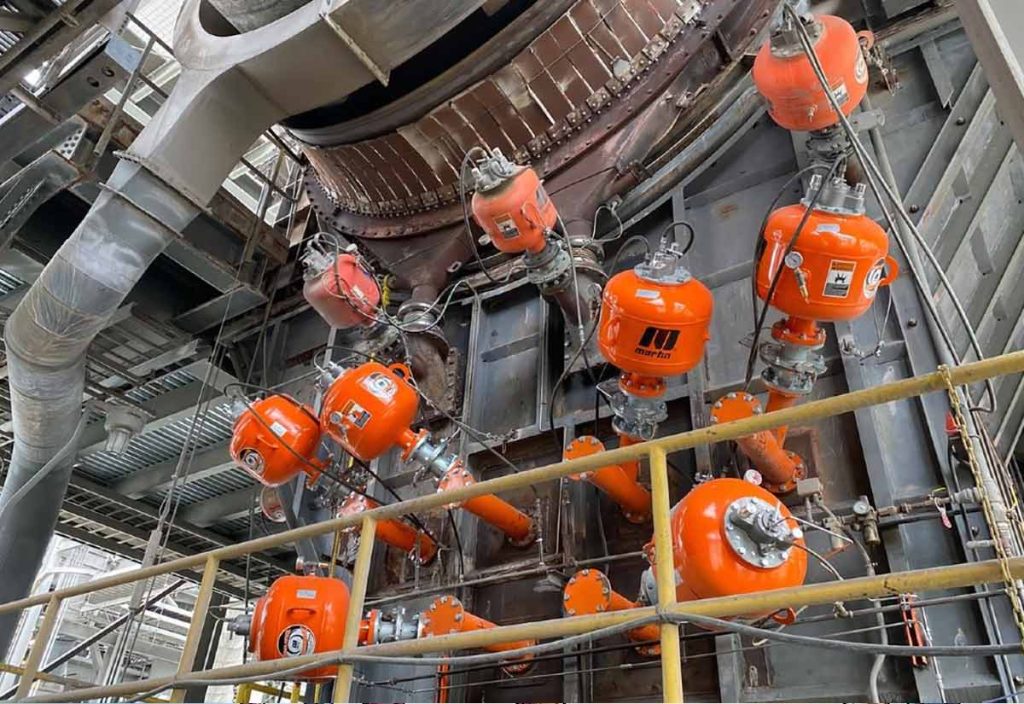The mission challenge for engineering teams from NASA is clear, should you decide to accept it:
“DESIGN, BUILD, AND TEST TERRESTRIAL ANALOG FULL-SCALE PROTOTYPES OF ROBOTIC ICY REGOLITH EXCAVATION AND TRANSPORTATION SYSTEMS.”- NASA Break the Ice Challenge
“Regolith” is the engineering term for “Moon dirt”, and when it comes to extracting value from dirt, there is no more qualified engineering expertise to be found for that task than in the mining industry.”- Engineering on the Moon Part One: Can you Dig It?
As we mentioned in Part One, the concrete industry has no intention of remaining earthbound either, and aggregate engineers too are playing a vital role in NASA’s lunar development ambitions.
In Part 2 we’ll take a look at how engineers in some surprising sectors from aggregates to geology are contributing to the future of mankind in space, and how they are answering the latest NASA challenge with $3.5 million in prize money up for grabs.
Moon Dirt and the Concrete Connection for Phase 2 of NASA’s Break the Ice Challenge
Unless you’ve got a supply of genuine moon dirt handy, you’ll first need your resident geology expert to whip up some Icy Regolith Simulant for your lunar excavation and transport engineering marvel prototype to dig. Geologist Douglas Stoeser of the U.S. Geological Survey in Denver, Colorado can get you up to speed on simulating lunar rock or soil with his informative presentation, INTRODUCTION TO LUNAR REGOLITH SIMULANTS.
But forget the lightweight aggregates folks. Those materials are verboten in Phase 2 as NASA is pretty picky about its competition-grade moon dirt. Just coming up with the simulated lunar soil to dig is an involved engineering project that separates the aggregate and concrete pros from the baby powder and sandbox amateurs.
NASA Regulation Regolith Recipes
When it comes to simulating regolith for NASA, regulations abound, and that’s where the concrete connection comes in. Concrete materials will be used to simulate the assumed mechanical properties of 4% water weight lunar icy regolith. (The 10% water weight icy regolith spec detailed in the Phase 1 competition is waived in Phase 2.)
The detailed regolith recipe for prototype testing must be formulated with approved Controlled Low Strength Materials, or (CLSM), as described in the Phase 2 Competition Rules, available for download here. Concrete construction professionals define CLSM as a cementitious backfill that flows like a liquid, supports like a solid, and self-levels without tamping or compacting. NASA will be ensuring that contenders earn their engineering props even at the regolith simulant phase.
Phase 2 Teams shall submit:
- Proposed simulated regolith mixture design
- A certified test report
- A geometry sketch of their icy regolith simulant for review
It won’t be necessary to grow crops with this batch of lunar soil, but simulated regolith is already reaching the market in surprising ways, both lunar and Martian vintages. No word yet on whether regulation “legal” lunar regolith can be outsourced to innovative enterprises such as the Martian Gardens, where simulated Mars dirt is already a commodity.

Engineers Can Live Long and Prosper in the Space Industry
From an HR perspective, NASA challenges are a great way to attract the specific engineering and science professionals they’ll need to meet ambitious 2040 goals, with attention to details that bring in the brainstorming talent that solves problems and gets things done.
NASA challenges are configured to attract the widest variety of engineers, with agriculture and infrastructure expertise that will be at a premium as we move out into the solar system and beyond.
Attracting, and recruiting for qualified, spaceworthy, engineering talent isn’t limited to NASA though. As we’ve seen, Elon Musk banked on dancing robots to attract the technical talent he needs to exploit mineral extraction with robotics and AI in space, so the demand for extra-terrestrial engineers across the board has definitely moved from government-based NASA to corporate entities and the rush is on.
Private Enterprise is Ready to Engage in Space
According to the BizVibe article Top Space Companies in the World the global space industry was worth a significant $ 414.8 billion USD by 2020. Growth is anticipated to result in a trillion-dollar industry by 2040.
New mineral markets are creating demand that has literally triggered “stellar investments” in the top space companies in the world. Private space companies at the top of the space industry hierarchy received $ 5.8 billion USD in private investments, a capital venture wave led by leading-edge companies and space organizations including:

- SpaceX- Elon Musk’s Mars-minded company is the largest private space company in the world and currently the only private space company capable of economically returning a spacecraft from low-orbit Earth. SpaceX is currently dominating the burgeoning commercial space industry.
- Blue Origin- Not to be left behind in the private enterprise space race, Amazon billionaire Jeff Bezos’ aim is to make space flight affordable. Launch vehicle inventory honoring American astronaut space pioneers includes low-altitude flight test platforms such as the Charon, and Goddard, in addition to New Shepard and New Glenn launch vehicles.
- Sierra Nevada Corporation- This electronic systems provider has roots in the Space Program that go back to its founding in 1963. The privately held American company specializes in microsatellites, telemedicine, and commercial orbital transportation services. SNC is out to replace the obsolete Space Shuttle with their state-of-the-art Dream Chaser crewed spacecraft. The company is marketing the sleek craft as “the first ever winged commercial space plane, using United Launch Alliance’s Vulcan Centaur rocket as the launch vehicle.
Break the Ice Challenge Phase 2 Entry Information
About Resource Erectors
When it’s time to break the ice and move up the career ladder, Resource Erectors has decades of specialized industrial experience at recruiting and placing the top engineering candidates with the leading-edge companies in heavy industry who are in dire need of professional-level skill and expertise.
For space-age companies right here on Earth including mining, minerals, concrete, aggregates, bulk material handling, and civil construction, Resource Erectors can help avoid the disruptions of a bad hire while reducing the high cost of essential vacancies in your organization.
Even if you’re not shooting for the Moon, Resource Erectors can offer a host of down-to-earth career-enhancing opportunities at locations across North America with some of the most competitive salaries and compensation packages available in 2022. We place qualified experienced candidates in operations, sales, logistics, data analytics, system design, and more so don’t hesitate to contact us today to be a part of the prestigious Resource Erectors professional talent pool.








